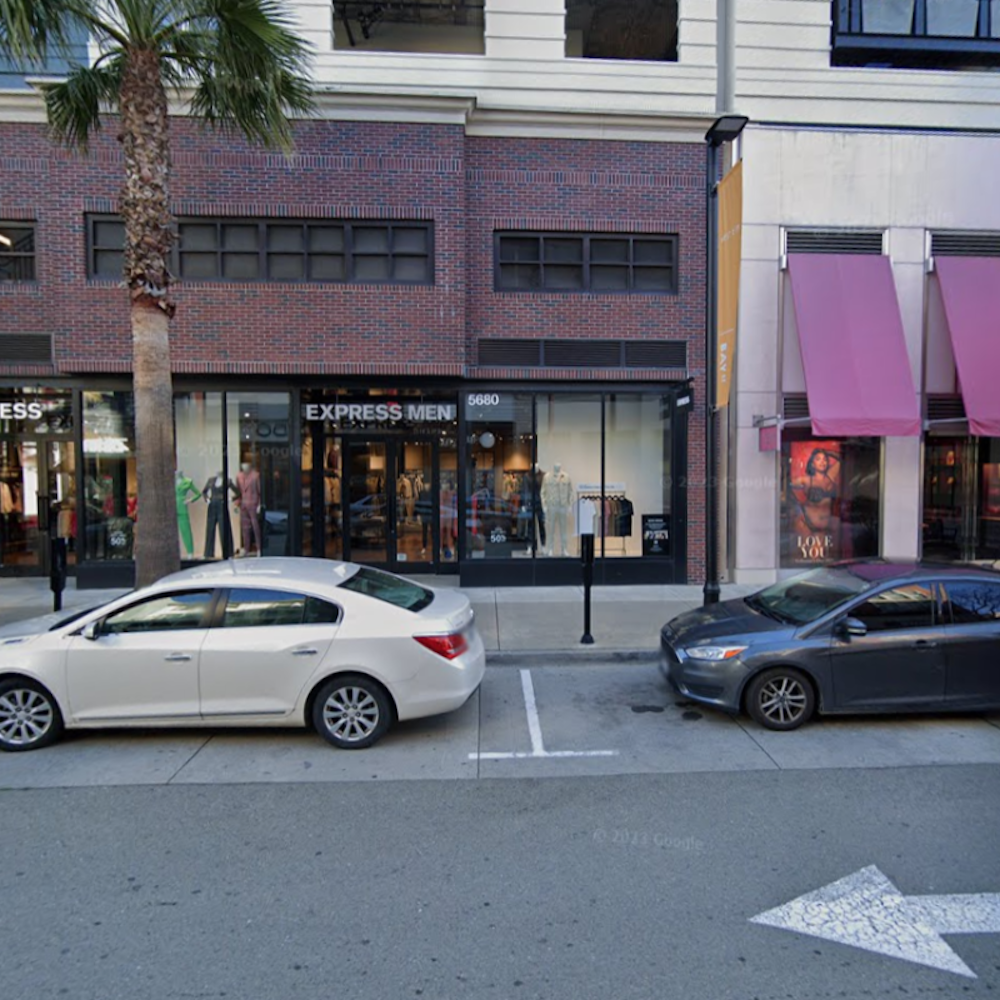
A publication that once served immigrant, low-income, and homeless communities for two decades is being recognized in a retrospective that opens this week at the Tenderloin Museum.
The first edition of The Tenderloin Times was typed up and mimeographed after headlines were added by hand, editor Sara Colm told us.
The first three issues, 150 copies each, were put out in 1977 by Peter McCarthy and Ray Cornelius, directors of the Hospitality House drop-in center who wanted to give the neighborhood a voice.
“It was always quite a feisty paper,” Colm said.
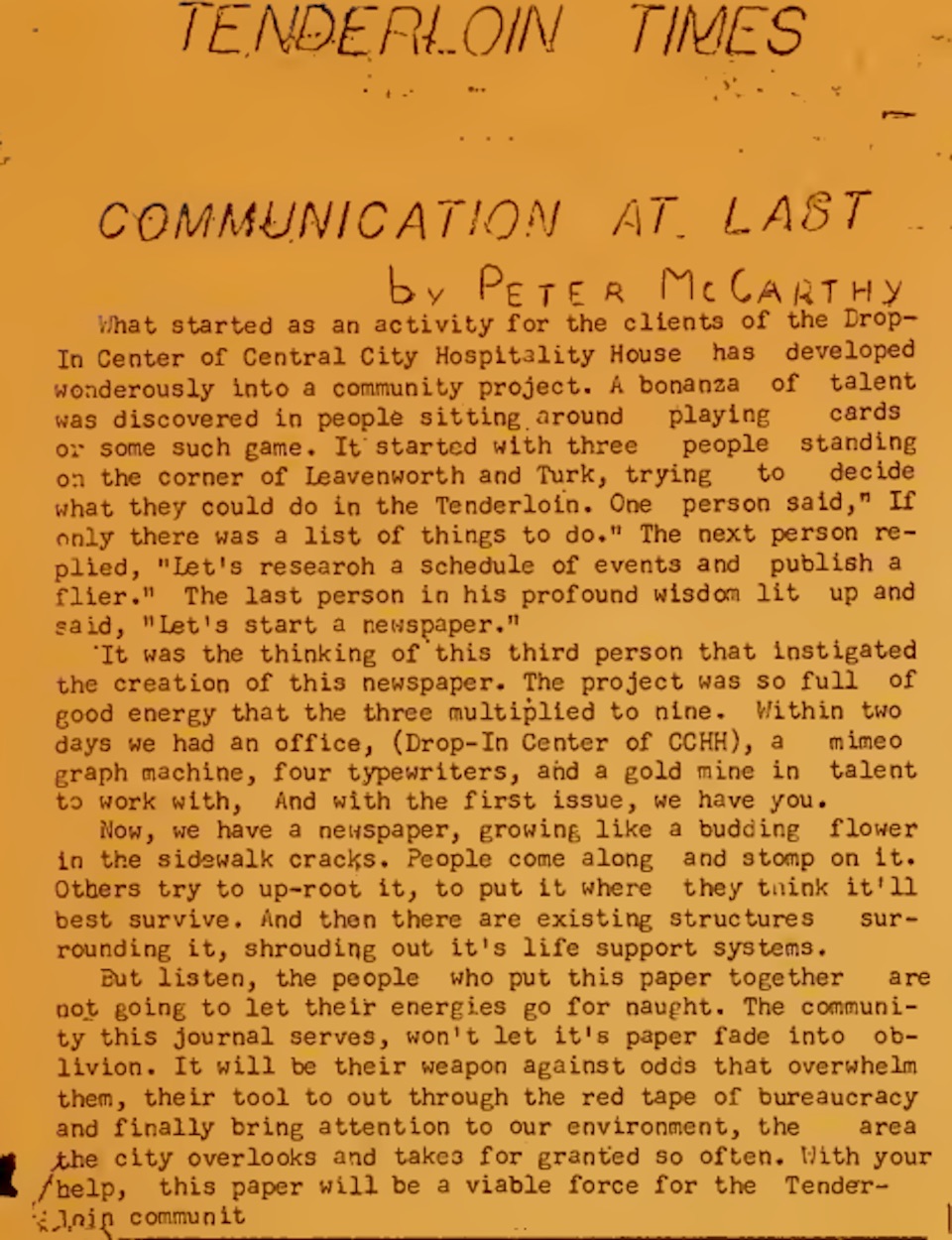
The Times’ first editors shaped the paper’s personality. Ron Silliman, editor from 1978 to 1982, ensured there were always one or two pages devoted to poetry and prose from the neighborhood in each edition, Colm said.
During its early days, Colm was a community advocate with the North of Market Planning Coalition, which helped organize the neighborhood around societal issues.
“The Tenderloin was very neglected and ignored by the city and the mainstream media. With the push from the planning coalition, people started showing up,” Colm said.
Better informed by TheTenderloin Times, many residents began taking an interest in local issues, packing City Hall meetings with people from the neighborhood, like low-income residents, people with physical and mental disabilities, senior citizens, former and current addicts, ex cons, and sex workers.
"They all showed up and made their voices heard,” said Colm.
Rob Waters, who became editor in 1982, increased publication from bi-monthly to monthly and encouraged reporters to focus on “hard-hitting news and investigative reporting,” Colm said. City Hall was “in our district, and we called them to task, and they were very aware of it,” she added.
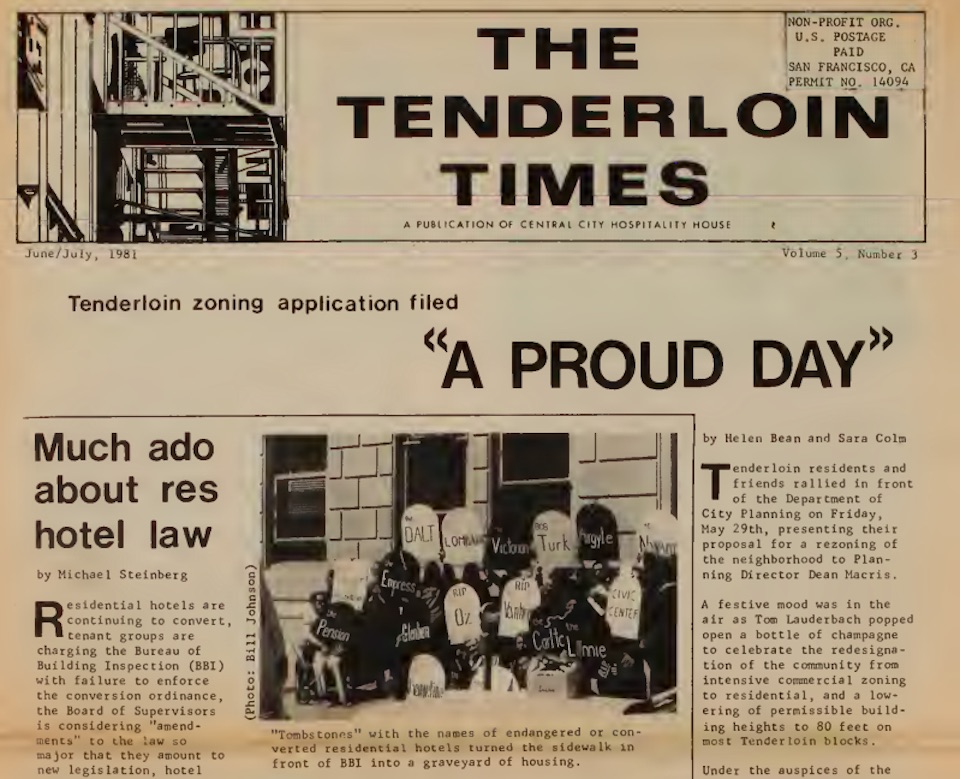
When there was a mayoral race, there would be a dedicated two-page Q&A with each candidate to fully vet them on the issues, she said.
Even though it only came out once a month, “the stories never felt stale,” Colm added.
“Reporters have to stay short, punchy, and clickable, but we didn’t know about any of that, we just wrote,” Colm said. “We had plenty of time to dig in,” and articles often impacted policy and legislation, she said. “City Hall read us and heard us.”
In 1985, as Colm came on as editor, the Times received a grant from the San Francisco Foundation and was transformed into the nation’s first quadrilingual newspaper, adding coverage in Cambodian, Laotian, and Vietnamese.
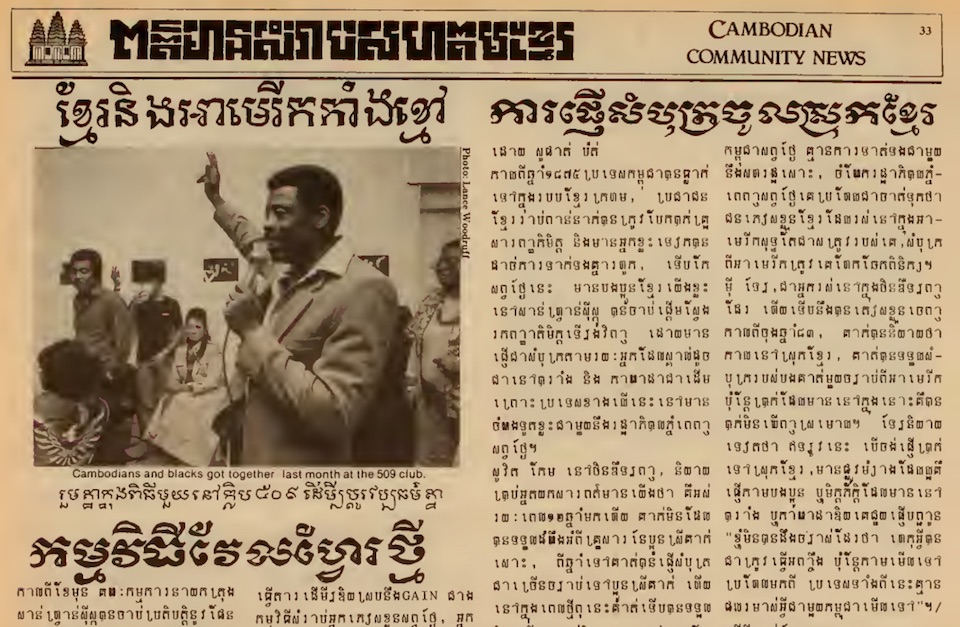
The articles published in Southeast Asian languages tied the community together by covering different cultural issues and events, as well as local issues and politics.
Initially the Laotian and Cambodian sections, each about one page per issue, were hand-written, Colm said. For the Vietnamese sections, which could be typed, editors added accents by hand, she said.
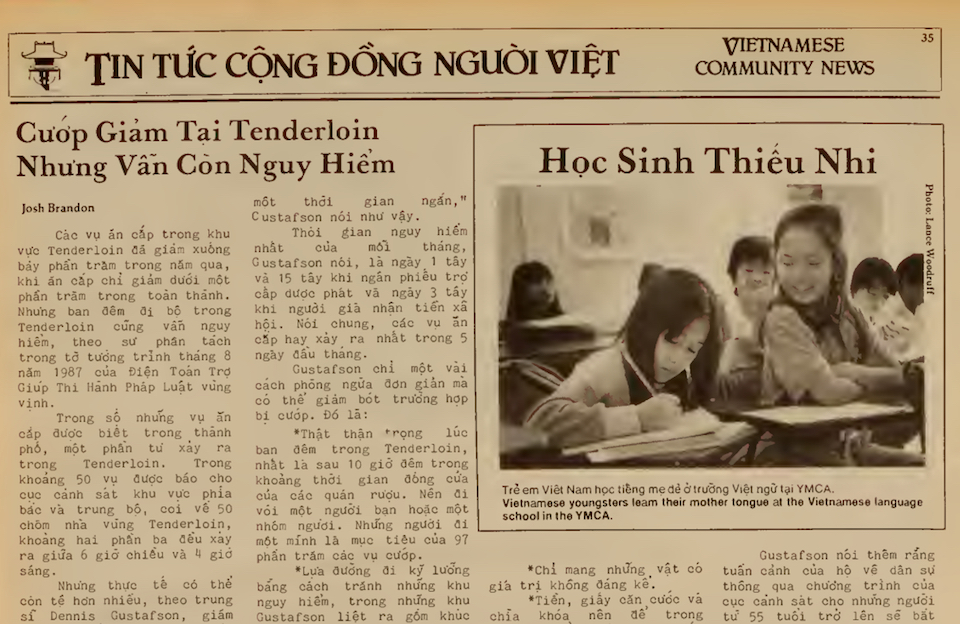
Contributors were largely people from the neighborhood that “were never paid, and often on-and-off homeless, but they all worked to be part of it, and really gave it their all,” Colm said.
Bay Area journalists sometimes submitted articles for free because “we had the best beat,” she added. The journalists also offered workshops and classes for the foreign-language and freelance contributors that had no formal training.
It was a good time for bringing cultures together, and the Times' efforts were reflected in the neighborhood itself, Colm said.
The Times fell on hard financial times along with much of the nation in the early 1990s during a broad recession that hit the Tenderloin particularly hard, right as crack cocaine use was becoming widespread. Although the paper received multiple grants from several different foundations, those sources started drying up.
“We always sold ads and subscriptions, but trying to be a commercial newspaper was not really workable,” Colm said. “We were committed to it being free for those that couldn’t afford it.”
By the time the Times was defunded, Colm had already moved to Cambodia to launch an English-language newspaper, but “it was very sad. It’s always sad when a paper dies,” Colm said. She said she comes back to the city frequently, and always returns to the Tenderloin.
“It doesn’t seem much changed, despite what other people may say,” she said.

Although the publication is long out of print, archive.org has a number of complete back issues in its digital collection.
The Tenderloin Museum is hosting an opening event for Voice of the Central City: The Tenderloin Times, 1977-94 on November 2nd, with a panel discussion at 7:00pm on the past and future of community media.

